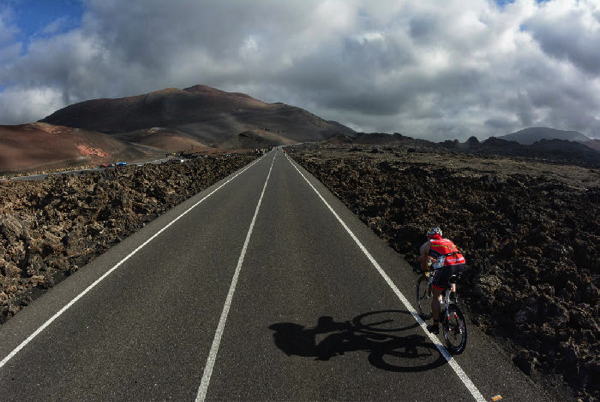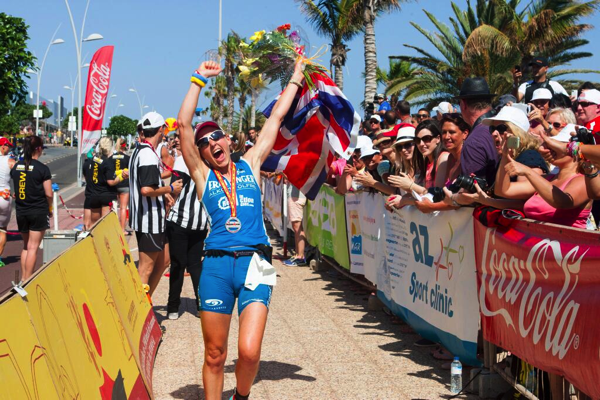At a quick glance, the „Kona Pro Ranking“ (or KPR for short) determines just how Professional athletes qualify for Kona. However, the KPR is much more important, it has an impact on races (by determining „important“ races it strongly influences where Professional athletes race), athletes (encouraging, almost forcing them to plan their season in order to qualify) and allocation of prize money (loosely following the points allocation). Therefore, changes to the KPR should be carefully considered – and are also hotly debated.
I want to go through a few of the issues being discussed, trying to summarize where the discussion stands, to give my assessment of likely changes, and also to add some of my own thoughts. Rather than doing this in one large blog post, I will write a number of smaller posts, each focusing on a single issue. Assuming that WTC will not dramatically change the system, my goal is not to discuss all possible ideas, but focus on those that are relatively close to the existing system and therefore have at least a little chance to be considered.
The first issue I want to discuss is validation.
Technically, validation describes the requirement of having to finish one full distance Ironman race outside of Kona in order to be eligible for a Kona slot. Most often, this is discussed in the context of previous champions. They are automatic qualifiers for five years after their win as long as they “validate their entry by completing one full-distance Ironman race, excluding Kona, during the Qualifying Year.” Some of the past champions have voiced concerns about this, most notably Craig Alexander who made it clear that he would prefer to race just one full Ironman per year – in Kona. The recent 70.3 champion and the Hy Vee champion are also automatic qualifiers (but only for the year immediately following their title) and the Kona Top 10 usually have enough points to ensure a points slot.
There have been at least two incidents where athletes clearly just competed to finish and not to place well:
- Andreas Raelert walked the marathon in IM Regensburg in 2011 with a calf injury.
- Mirinda Carefrae just completed IM Florida 2013 after her fantastic Kona win. Both Mirinda and husband Tim O’Donnell made it clear that they would take things easy on the run, complete with joking on twitter about what comfort food to consume on the run.
- There may be a third incident later this year, with Pete Jacobs announcing that he would „just walk“ an Ironman after bowing out of IM Texas not being 100% fit.
My own views on this issue have changed a bit over the years. I think it is obvious that no-one thinks that a recent Kona winner is not „worthy“ of starting in the Kona Pro field. But if Kona winners could just rock up to Kona, they might have an unfair advantage: By not having to race any IMs, they could be more rested than all the other participants that have to struggle for points to make it to Kona. Therefore, I am (a bit reluctantly) agreeing with the concept of validation. However, I’m sure that if everyone is interested, WTC, the local race organizer and sponsors, the athlete and the athlete’s sponsors could produce something that is a worthwhile for everyone involved (joint press releases, athlete’s appearances, sponsor give-aways, promos etc.).
In the recent interview with Bob Babbitt, Andrew Messick said the following about the rules for validation (Andrew said he doesn’t begrudge Mirinda, so this shouldn’t be seen as a personal attack on the athletes):
We have a set of rules, and there are always ways in which motivated people can get around the intent of the rule. Sometimes we tolerate it, and if we find it intolerable, we change the rules.
After Florida I was thinking that WTC would think that enforcing validation isn’t very helpful, and would instead switch to something like „one IM or two 70.3s”. However, now it more sounds as if WTC will further tighten the requirements for validation, probably something like “x% within the winner” or “not more than y minutes slower than the winner”.
My assessment: Validation will continue to be required for all Kona qualifiers. If there are going to be changes, the requirements for validation will be tightened.

